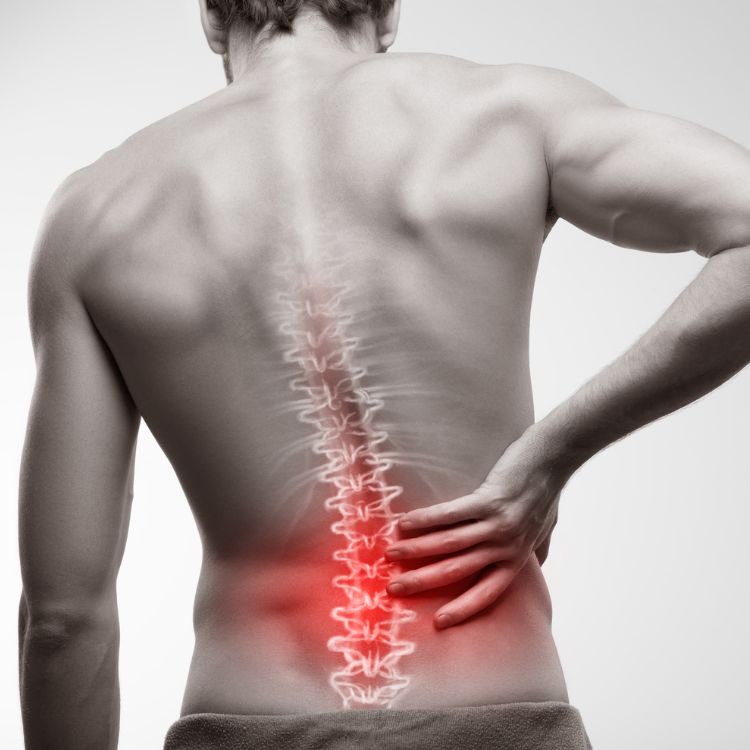What Causes Lumbar Radiculopathy?
Lumbar radiculopathy can result from several factors, most of which are related to changes in the structure of the spine. One common cause is a herniated disc, where the disc in the spine bulges or ruptures, pressing against the nerve roots. Another frequent contributor is degenerative disc disease, which occurs as the spinal discs lose flexibility and elasticity with age. This process can lead to the narrowing of the spinal canal, known as spinal stenosis, causing pressure on the nerve roots.
Spinal stenosis itself is another cause, where the spaces within the spine narrow, creating additional pressure on the nerves. Over time, the body may also develop bone spurs to compensate for wear and tear on the spine. While these bone spurs help stabilize the spine, they can sometimes intrude on the nerve roots, leading to irritation. Finally, injuries or trauma, such as accidents or falls, can directly affect the lumbar spine, resulting in nerve irritation and the onset of symptoms.
Symptoms of Lumbar Radiculopathy
The symptoms of lumbar radiculopathy vary depending on which nerve is affected and the severity of the compression. Common symptoms include:
- Pain: A sharp, burning, or shooting pain that radiates from the lower back down the leg, often felt on one side of the body.
- Numbness and Tingling: These sensations can travel from the lower back through the hips, legs, and feet.
- Weakness: Reduced strength or difficulty moving the affected leg or foot.
- Loss of Reflexes: In some cases, the reflexes in the affected leg may become diminished.
These symptoms can worsen when sitting, standing, or walking, making it challenging to perform daily activities.
How is Lumbar Radiculopathy Treated?
Treatment for lumbar radiculopathy often starts with conservative methods, but more advanced options may be necessary if symptoms persist or worsen. The goal of treatment is to reduce nerve irritation, improve function, and relieve pain. Some common treatments include:
- Physical Therapy: Targeted exercises can strengthen the muscles surrounding the spine, improve flexibility, and reduce pressure on the nerves.
- Medications: Anti-inflammatory drugs, muscle relaxants, or oral steroids can reduce inflammation and relieve pain.
- Epidural Steroid Injections: These injections can deliver powerful anti-inflammatory medication directly into the affected area, providing relief from pain and inflammation.
- Surgical Intervention: In severe cases where conservative treatments are ineffective, surgery may be considered. Procedures such as discectomy or laminectomy can help relieve pressure on the nerves by removing damaged discs or tissue.
Your healthcare provider will work with you to develop an individualized treatment plan based on your specific condition and symptoms.
When to Seek Help
If you are experiencing symptoms of lumbar radiculopathy, it’s essential to seek medical advice promptly. Early intervention can help prevent the condition from worsening and improve your chances of a full recovery. If your pain is severe, persistent, or accompanied by symptoms like loss of bowel or bladder control, weakness, or numbness in the legs, it’s important to see a healthcare provider right away.


